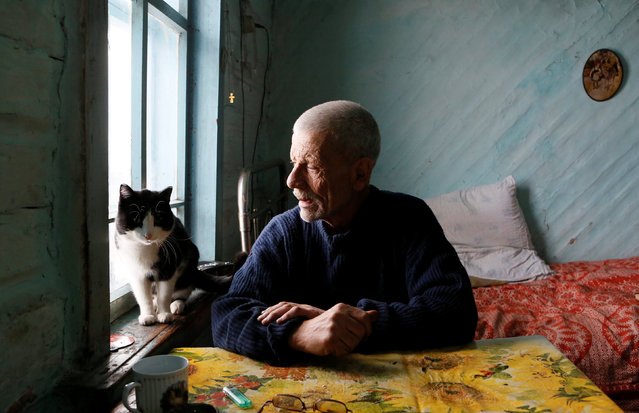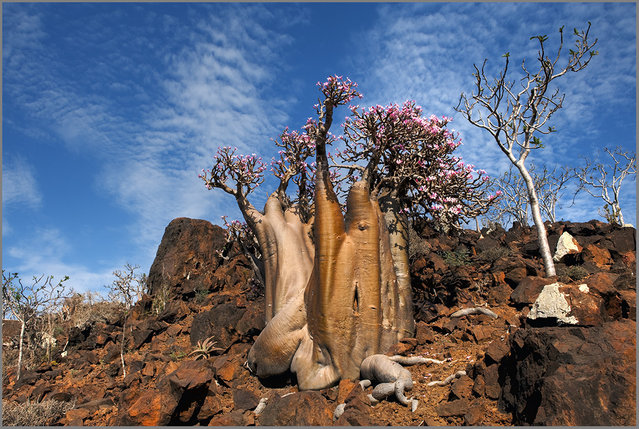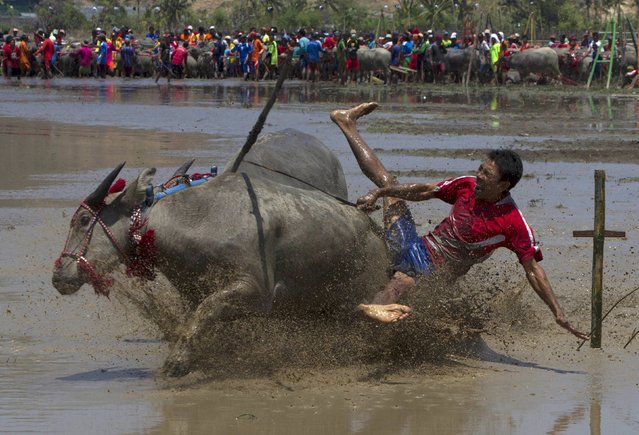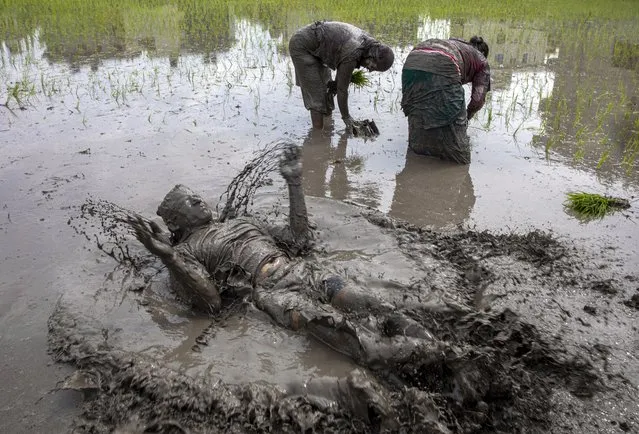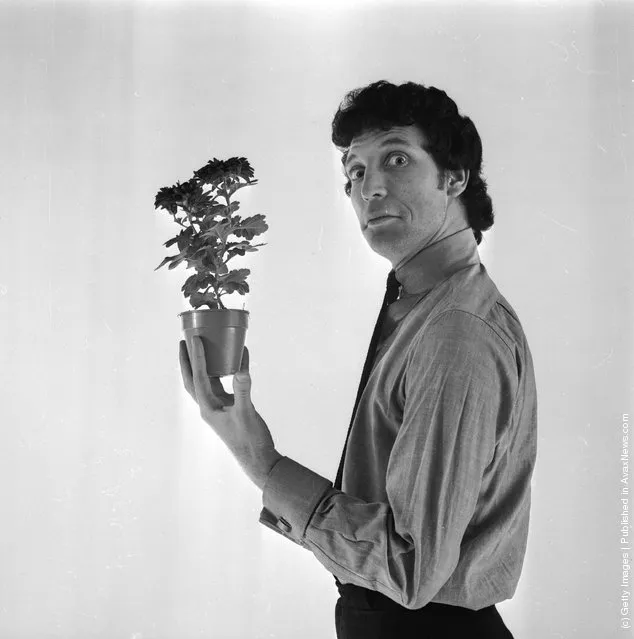
“Sir Thomas John Woodward, Officer of the Most Excellent Order of the British Empire (OBE), (born 7 June 1940), known by his stage name Tom Jones, is a Welsh singer, particularly noted for his powerful voice. Since the mid 1960s, Jones has sung many styles of popular music – pop, rock, R&B, show tunes, country, dance, techno, soul and gospel – and sold over 100 million records”. – Wikipedia
Photo: Singer Tom Jones with a small potted plant, 17th February 1965. (Photo by Bob Haswell/Express/Getty Images)
Photo: Singer Tom Jones with a small potted plant, 17th February 1965. (Photo by Bob Haswell/Express/Getty Images)
30 Aug 2011 14:00:00,post received
0 comments

